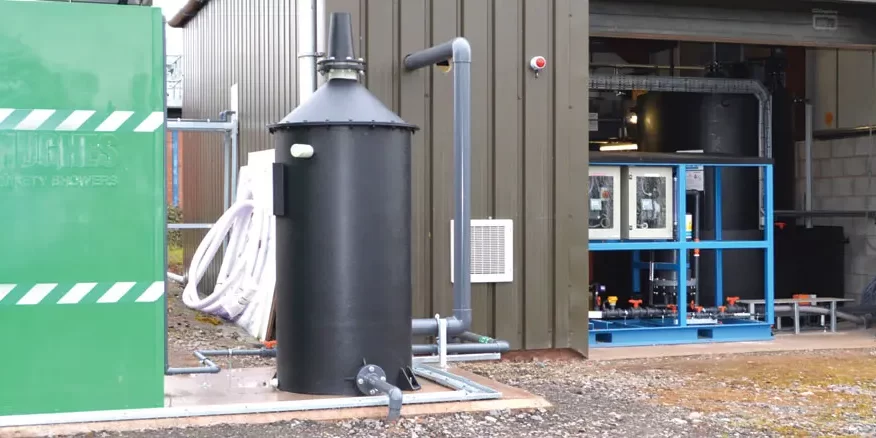Water quality is a vital aspect of public health and safety, and ensuring safe drinking water is a top priority for water utility companies.
A UK-based water utility company recently installed a Bravo MX Chlorine Dioxide Generator to investigate the impact of Chlorine Dioxide on water quality and assess its effectiveness in reducing Trihalomethane (THM) concentrations and controlling Clostridia Perfringens levels.
In this case study, we will delve into the challenges faced by the company, the solution our engineers provided, and the positive results achieved through the trial.
The Challenge
A UK based water utility company, supplying drinking water to more than 1 million people and serving approximately 35,000 commercial customers, installed a Bravo MX Chlorine Dioxide Generator for a recent trial. The company covers an area in excess of 1,500km, and 60% of the water used is generated from two surface water sources.
There were two key purposes for the trial: to investigate the impact of Chlorine Dioxide on water quality when used to target the reduction of Trihalomethane (THM) concentrations, and to assess the impact that Chlorine Dioxide has on Clostridia Perfringens.
Previously the water had been treated with Sodium Hypochlorite, created from an Electro Chlorination process, however THM concentrations were becoming of concern and an alternative solution was sought.
The Solution
Our Engineers specified the Bravo MX Chlorine Dioxide Generator, with the dosing applied at the pre-clarification stage of the water treatment process. Precisely controlled application of Chlorine Dioxide at this stage of the treatment process destabilises the colloidal particles electrostatic charge, enhancing the coagulation stage of the treatment process. This benefit is in addition to the guaranteed biocidal and virucidal impact of Chlorine Dioxide; a benefit provided without the creation of potentially harmful disinfection by products.
The Results
Test results were extremely positive. The initial target was a measurable and consistent reduction in THM concentrations, a target reached quickly after the installation of the Bravo MX Generator. In addition, Clostridia Perfringens levels were more effectively controlled, and measurable improvements were identified in coagulation performance.
Improvements in coagulation performance had ‘knock on’ benefits for the subsequent stages in the treatment process.
